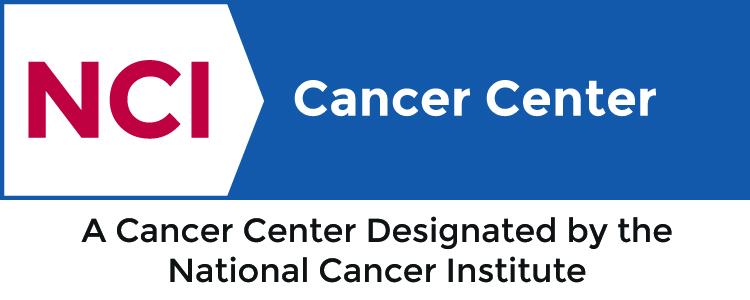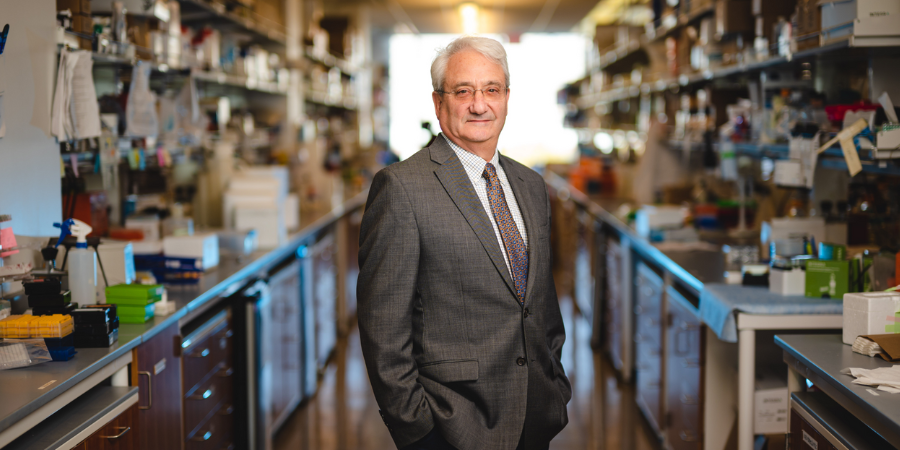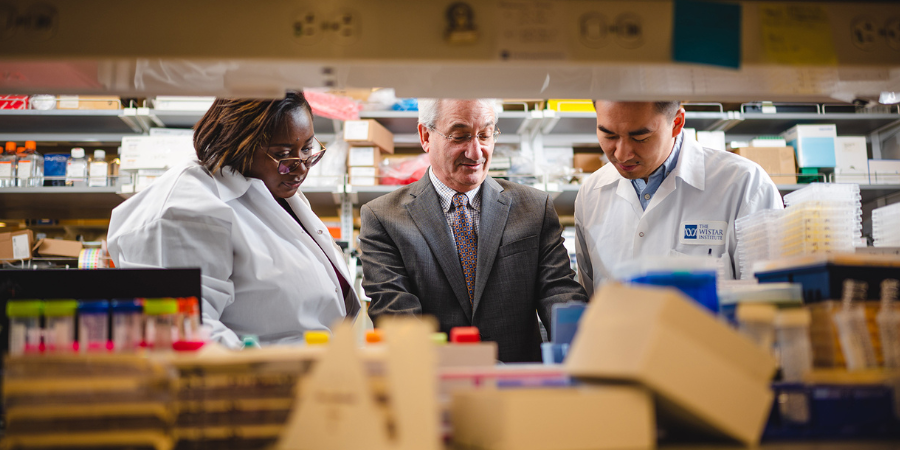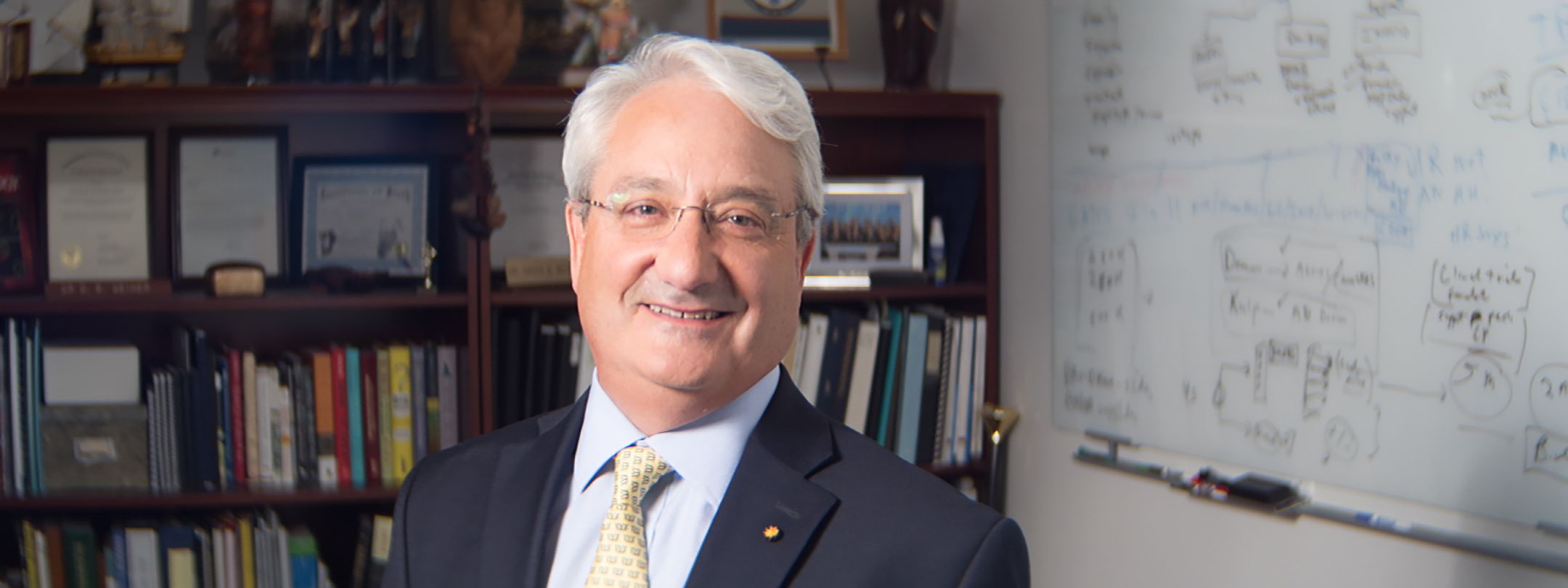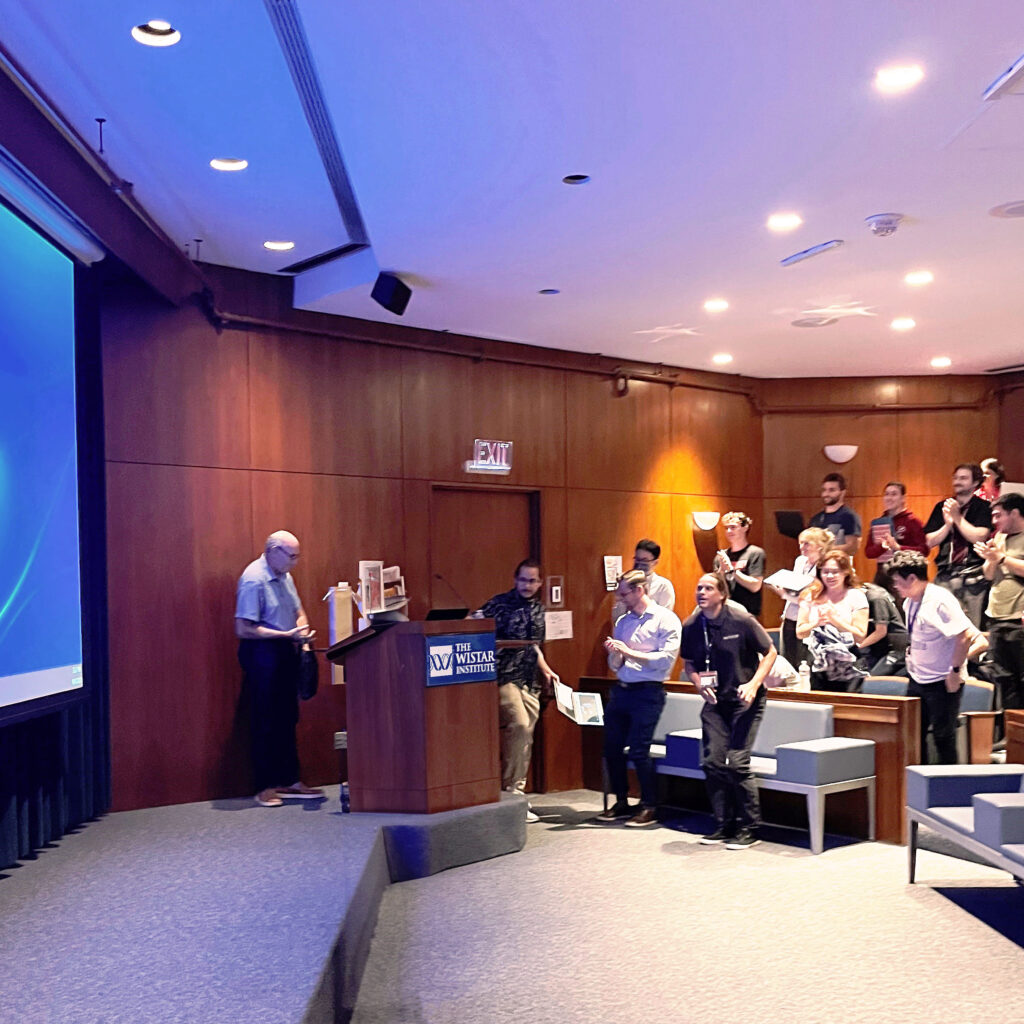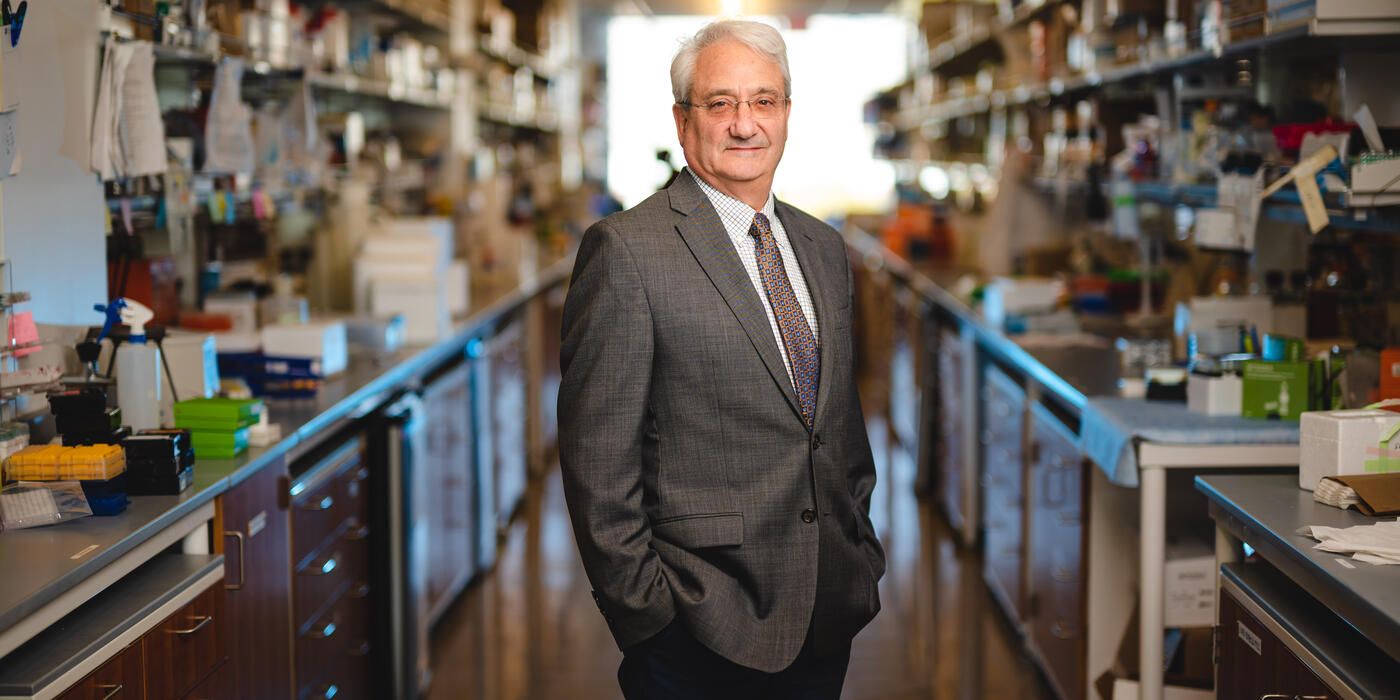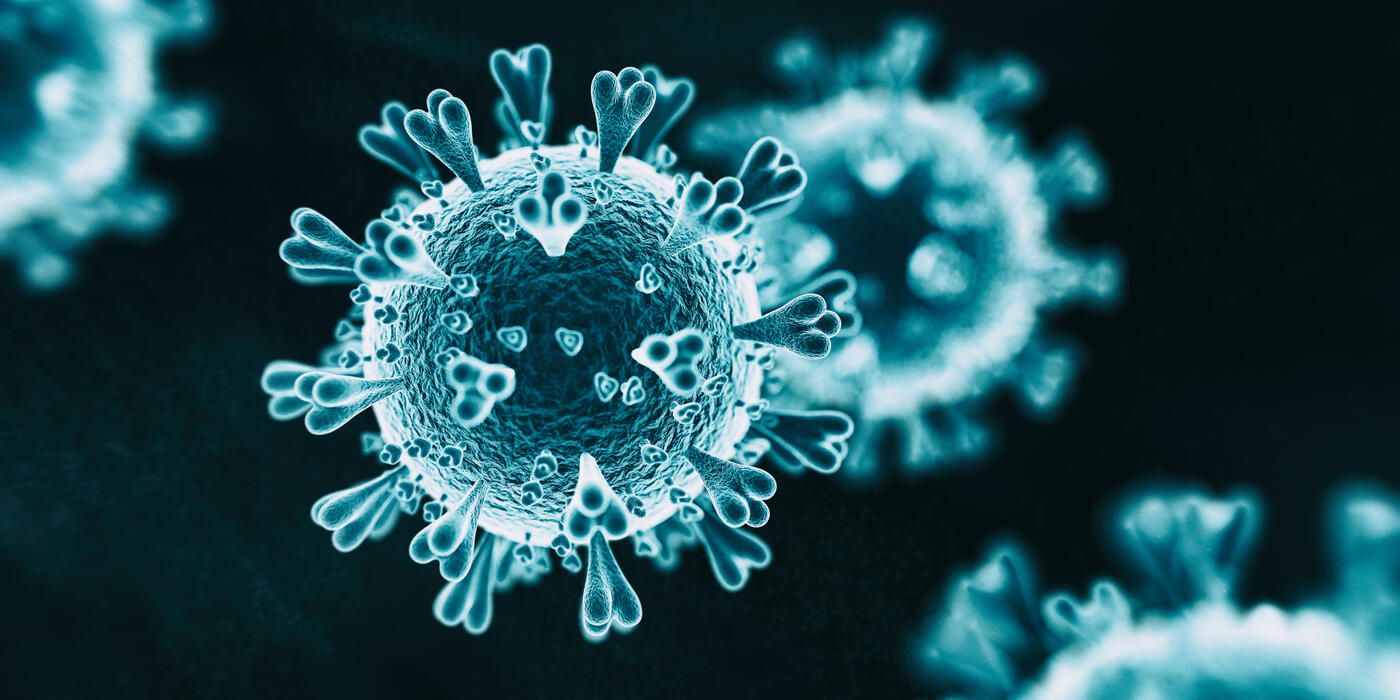Wistar Institute Researchers Design Novel Immunotherapy for Brain Cancer
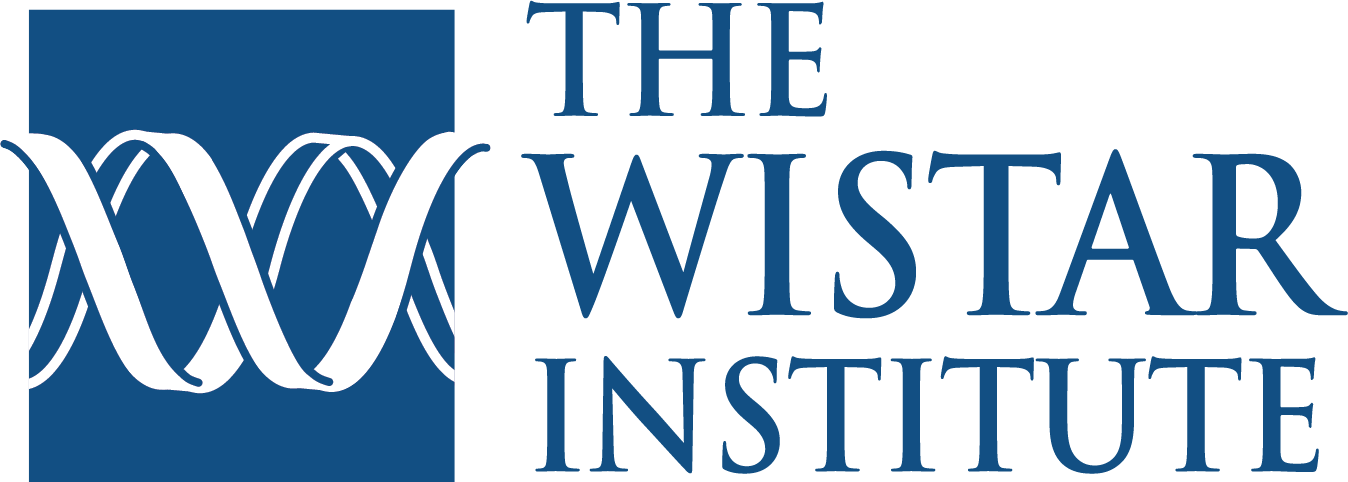
-
CONTACT:
-
Darien Sutton
PHILADELPHIA — (December 3rd, 2024) — The Wistar Institute’s David B. Weiner, Ph.D. — Executive Vice President, director of the Vaccine & Immunotherapy Center and W.W. Smith Charitable Trust Distinguished Professor in Cancer Research — and his lab have successfully tested a new immune therapy that, in preclinical lab testing, reliably improves survival and reduces tumor burden in glioblastoma. Their findings were published in the paper, “Novel tri-specific T-cell engager targeting IL-13Rα2 and EGFRvIII provides long-term survival in heterogeneous GBM challenge and promotes antitumor cytotoxicity with patient immune cells,” in the Journal for ImmunoTherapy of Cancer.
“This study utilizes a novel design to build a glioblastoma-targeting ‘trispecific’ antibody deployed against a laboratory model of glioblastoma, which has the potential to be made entirely in patients as a glioblastoma therapy in the future,” said corresponding author, Dr. David Weiner. “We’re hopeful that this will have future applications for preventing tumor escape mechanisms that block response to therapy in a variety of cancers.”
Glioblastoma is the deadliest form of brain cancer, with less than a 5% five-year survival rate. One of the key contributors to glioblastoma’s poor outlook is its natural immunosuppression coupled with its intrinsic diversity — a one-two punch that limits immune successes against controlling glioblastoma in patients.
All cancers — particularly immune-silent, fast-growing cancers like glioblastoma — produce signals called antigens that scientists can use in immune therapies to manually alert the immune system to the presence of incognito cancers. But designing an effective immune therapy for glioblastoma is especially challenging because glioblastoma antigens can vary greatly. That variability means that any effective immune therapy would need to deliver a large amount of information to the immune system.
The team designed a unique trispecific antibody encoded in a DNA-encoded delivery mechanism. Their DNA-encoded trispecifics, named “DTriTEs,” linked cancer-killing T cells through the CD3 protein with two different glioblastoma antigens: the IL-13Rα2 protein and the EGFRvIII protein. This allows the immune system’s T cells to be alerted and activated when they encounter diverse glioblastoma tumors expressing either or both of these antigens.
In pre-clinical laboratory testing, one DTriTE design stood out for its anticancer potency. Not only did the design produce robust activation of anti-cancer killer T cells, but it also engaged another type of tumor-clearing cell, the Natural Killer (NK) T cells. The DTriTE design was the most potent treatment that provided sustained survival and tumor control in 100% of the glioblastoma challenge models for the duration of the study. In a long-term challenge model meant to evaluate the DTriTE’s ability to sustain anti-cancer efficacy over a longer period of time, 66% of the models treated with the DTriTE showed lasting tumor suppression and survival, which no other comparison treatment achieved.
“Based on this early-stage testing, our data show that, even for a cancer as resistant to treatment as heterogenous glioblastoma, the novel DTriTE design can induce a potent and lasting anticancer response, potentially adding a new tool to our arsenal of approaches,” said the paper’s first author and Weiner lab Ph.D. student, Daniel H. Park. “We’re excited to continue to expand on these designs for potential treatment of glioblastoma and, in the future, for other types of cancer that haven’t responded to immunotherapy due to similar immune issues.”
Co-authors: Daniel H. Park,1,2 Pratik S. Bhojnagarwala,1 Kevin Liaw,1 Devivasha Bordoloi,1 Nicholas J. Tursi,1,2 Shushu Zhao,1 Zev A Binder,2,3 Donald O’Rourke,2,3 and David B. Weiner1,2
1 The Wistar Institute
2 The Perelman School of Medicine at the University of Pennsylvania
3 GBM Translational Center of Excellence at the Abramson Cancer Center
Work supported by: This research was funded by a sponsored research agreement from Inovio Pharmaceuticals. Dr. David B. Weiner is supported by the W.W. Smith Charitable Trust Professorship in Cancer Research, which covered aspects of the work.
Publication information: “Novel tri-specific T-cell engager targeting IL-13Rα2 and EGFRvIII provides long-term survival in heterogeneous GBM challenge and promotes antitumor cytotoxicity with patient immune cells,” from Journal for ImmunoTherapy of Cancer
For a printer-friendly version of this release, please click here.
ABOUT THE WISTAR INSTITUTE:
The Wistar Institute is the nation’s first independent nonprofit institution devoted exclusively to foundational biomedical research and training. Since 1972, the Institute has held National Cancer Institute (NCI)-designated Cancer Center status. Through a culture and commitment to biomedical collaboration and innovation, Wistar science leads to breakthrough early-stage discoveries and life science sector start-ups. Wistar scientists are dedicated to solving some of the world’s most challenging problems in the field of cancer and immunology, advancing human health through early-stage discovery and training the next generation of biomedical researchers. wistar.org
